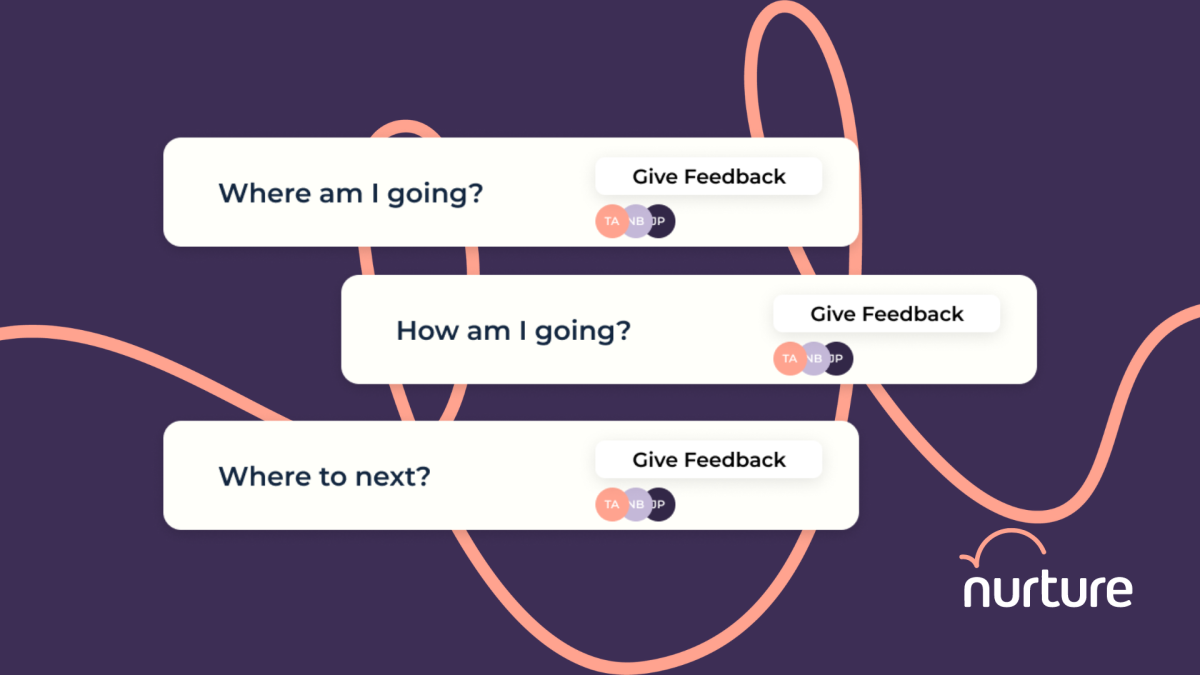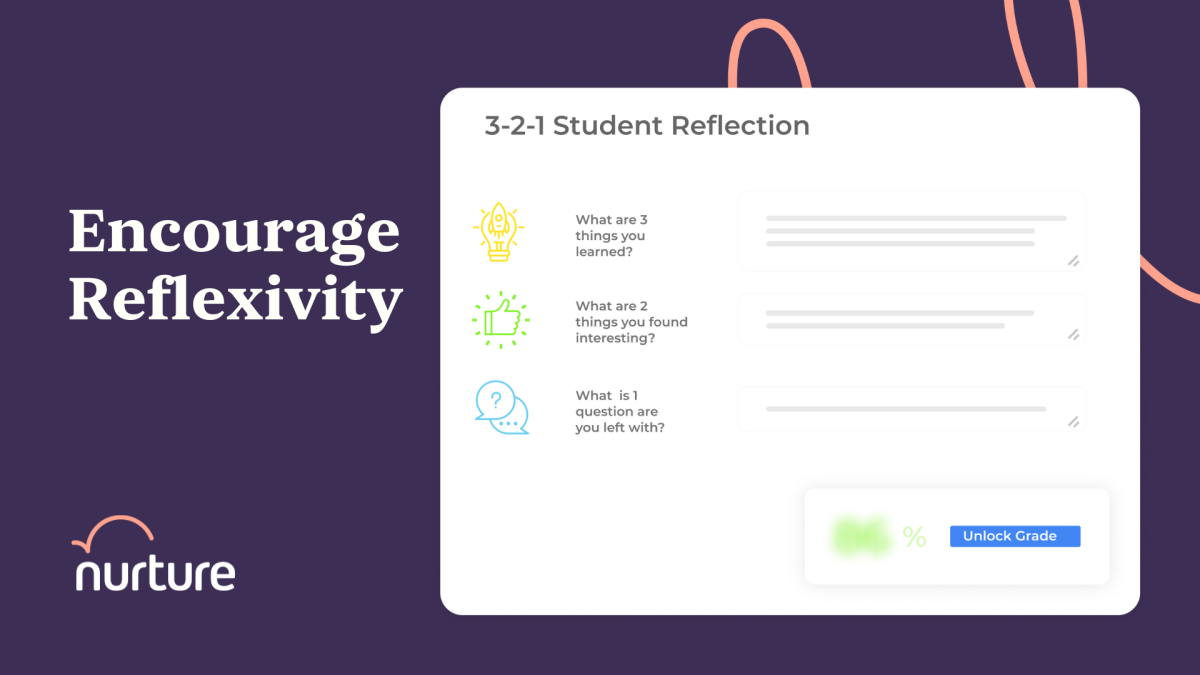The research backed framework
It's important to always remember the purpose of feedback. The purpose of feedback is to:
"Reduce the discrepancies between current understandings and performance and the desired goal" (Hattie and Timperley, 2007)
However, it's easy to lose sight of this purpose when there's mounting administration, examination pressure, and general time constraints—this is where Nurture comes in.
Teachers can help reduce this discrepancy in two ways:
- Providing students with specific goals
- Relating the feedback to these goals
In doing these two things, research shows that students:
- Increase their effort for subsequent assignments
- Show increased levels of enjoyment
- Employ more effective strategies
- Reduce "blurring" between what is expected and what they think is asked of them
Provide feedback
The Nurture framework guides teachers with a structured approach to providing effective formative feedback to students. Hattie and Timperley (2007) found that in order to increase student effort three questions must be answered:
- Where am I going?
- How am I going?
- Where to next?
These are also referred to as task, process, and self-regulated levels of feedback. In order for feedback to be formative and effective, all three questions must be answered for the student.

Task level feedback
Task level feedback provides information on how well a task has been accomplished or performed. It's essentially another name for corrective feedback and typically is used for verification purposes.
For example: If a student is asked to use Pythagoras' Theorem to calculate the length of one side of a right-angle triangle, then task level feedback would provide verification whether the answer is correct or not.
Process level feedback
Process level feedback relates specifically to the processes underlying in the task itself. Developing the cognitive processes in which your students can transfer their knowledge to untried and more difficult tasks is a measure of their process.
For example: If a student is asked to use Pythagoras' Theorem to calculate the length of one side of a right-angle triangle, then process level feedback focuses on the aspects of the students' application of the theorem. Highlighting where misconceptions about the process appear or where they incorrectly apply the formula.
Self-regulated feedback
The final level of feedback is self-regulation and relates to the way your students' monitor, direct, and regulate their actions toward the learning goal. Self-regulation is a difficult metacognitive process, which many school-aged students don't fully develop before leaving. However, through early and explicit usage of self-regulation feedback, students develop the necessary skills to become self-directed and autonomous learners.
For example: If a student is asked to use Pythagoras' Theorem to calculate the length of one side of a right-angle triangle, then self-regulated feedback provides the student with information on how they can improve upon their next submission—moving the learning forward.
